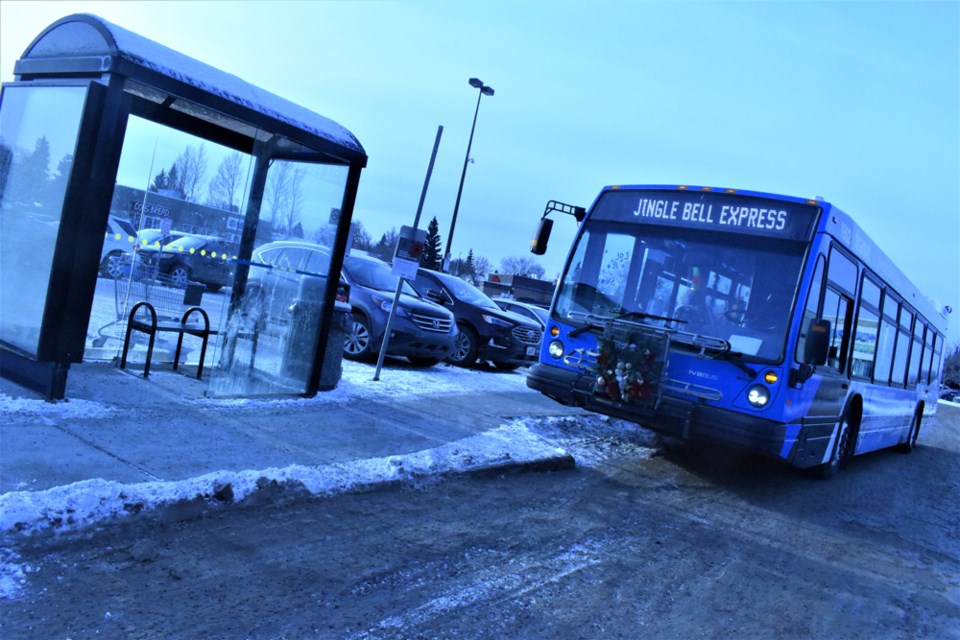SASKATOON — Saskatoon Transit will soon have electric buses in its fleet after the federal government and the Canadian Urban Transit Research Innovation Consortium announced a joint investment for a five-phase strategy of transitioning the city’s public transportation.
The five-phase strategy will evaluate costs, risks and benefits and identify the resources needed to transition the city’s public transportation from low-carbon to eco-friendly electric buses.
Intergovernmental Affairs, Infrastructure and Communities Minister Dominic LeBlanc, with Saskatoon Mayor Charlie Clark, Canadian Urban Transit Research and Innovation Consortium President and CEO Josipa Petrunić, announced the $420,000 investment.
The federal government is investing $336,000 from its $2.7-billion Zero Emission Transit Fund, while the City of Saskatoon will contribute $84,000. Introducing electric buses is crucial for the city to modernize its public transport system.
“The recent electric bus pilot project showed just some of the possible benefits that can be realized through rapidly evolving technology in the field of transportation,” said Clark about the project, which can save an average of $27,500 in fuel costs per bus annually.
“Moving people efficiently and reducing costs while also taking steps to meet targets from our Low Emissions Community Plan will help to ensure a modern and sustainable public transportation system for residents of Saskatoon."
LeBlanc said the federal government's investment in infrastructure would spur economic growth, increase community resilience and improve Canadian lives. Electrification of the transportation sector is one of the most impactful measures to reduce emissions and build a clean economy.
“This funding will allow Saskatoon Transit to plan for successful electrification of its bus fleet, providing quieter, cleaner transit options to the [public]. [The] government will continue working with its partners to build public transit systems Canadians can rely on,” said LeBlanc.
CUTRIC is committed to having a sustainable and net zero-emission future through collaboration with Saskatoon Transit and the city, said Petrunić. Electric buses could reduce 50.3 tonnes annually of carbon dioxide per bus, which costs $533,600.
“This project is not just about modernizing fleets; it's about taking responsibility for the future of our communities and the health and well-being of our citizens. We're proud to be part of history in Saskatchewan,” said Petrunić.
The project will have a one-year trial to determine the feasibility of having a bus fleet that is 100 per cent electric, including the heating system, in Saskatoon. The charging time for each bus is about five hours. An electric bus is 3,000 pounds heavier than its diesel counterpart.
The Canadian government is investing $10 million through the Zero Emission Transit Fund over five years to help transit bus operators complete planning work and increase their readiness to transition to zero-emission bus fleets.
An electric bus has an average of 41 seats, but depending on the model and seat configuration, a conventional low-floor unit can have 35 to 39 seats.




